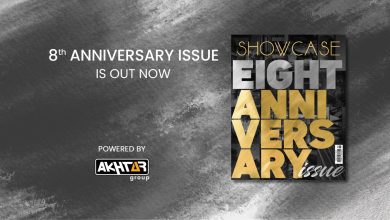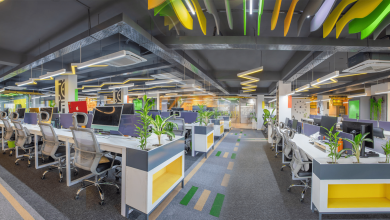Architect Sayedul Hasan Rana is one of the most influential architects of Bangladesh. He completed his bachelor degree of architecture in the year 1989 from Bangladesh University of Engineering and Technology (BUET) and is the principal architect of Architects Design Studio. In the long architecture journey, the designer has worked in several private practices on a broad range of regeneration projects in and around Singapore and Bangladesh. Commercial building Casablanca, residential building Kusum Residence, Purbachal Library, Zinda Park Complex, are some of the projects in the long list of his wonderful works. The architect greatly emphasizes in environment susceptibility, low cost and civic urban design. The architect opens up about his experiences and share his architectural journey which has evolved over the years.
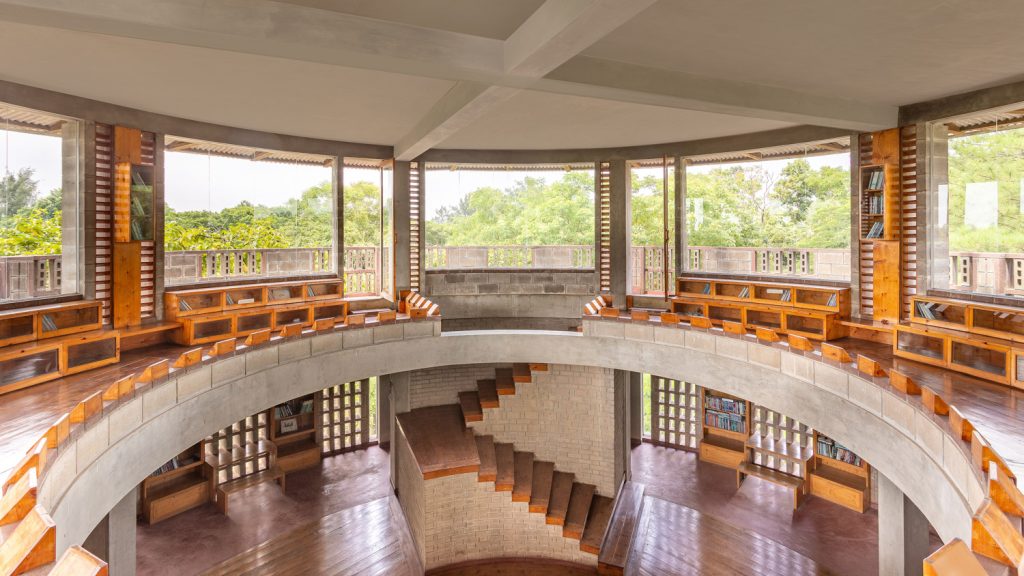
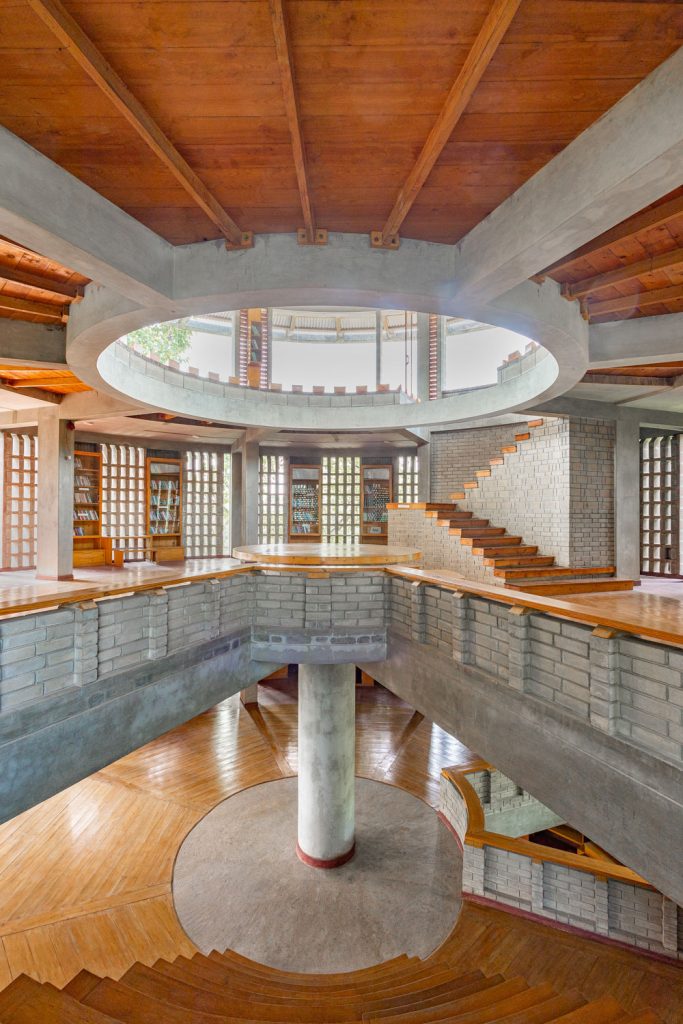
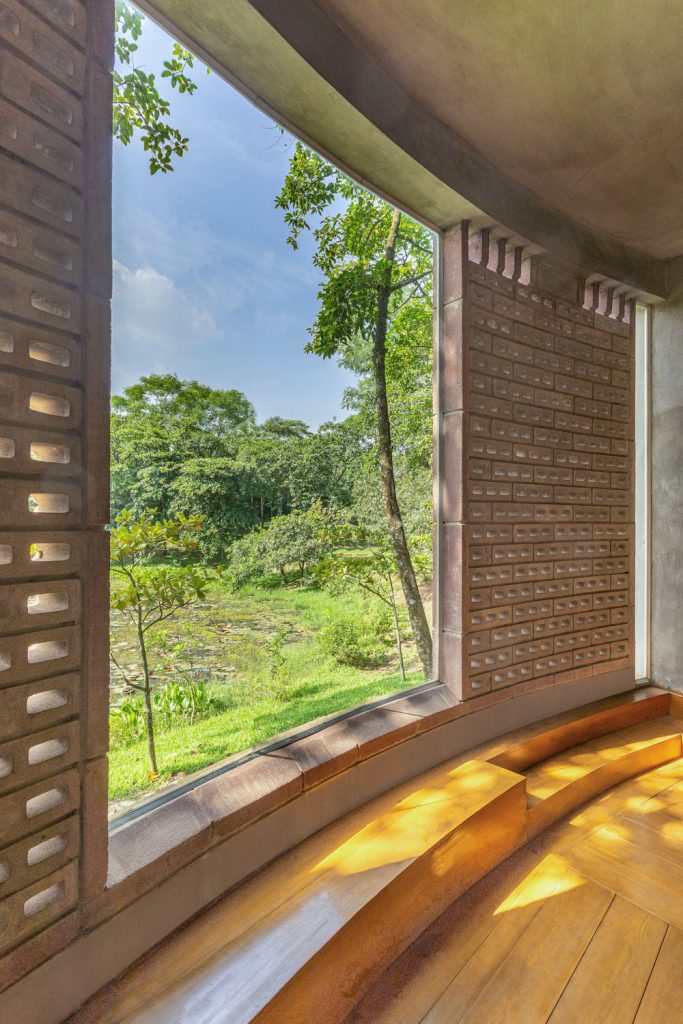
Let us begin with your childhood. Tell us about your birthplace, about your family. Was it a childhood dream to be an architect?
I was born in Chuadanga, a district of the western Khulna Division of Bangladesh. My father is a retired government holder. By the grace of Almighty, both my parents are alive, living a content life. I am the youngest son of my parents. My elder brother is also an architect. After completing my Intermediate board exams, I appeared in the Bangladesh University of Engineering and Technology (BUET)admission test in the architecture department as I could only appear in architecture admission tests following my board marks(chuckles). Architectural admission tests mainly seek drawings, so I quite easily passed the admission test as since my childhood, I was fond of drawing, especially portraits, and figures. After completing my admission test, I realized I was heading on the right track.
How was your experience studying at BUET? After graduating, you moved to Singapore where you worked for ten years. Tell us about that experience.
Studying at BUET was a beautiful journey. I spent my happiest time there. Prof. Shamsul Wares and other professors back then were able to sow the seed of passion for architecture in me, which is still intact. After my graduation, moving to Singapore and living there was a whole new experience. I moved to Singapore for a two-year contractual job in a huge architecture firm. Later, after two years, I practiced in a private firm. I had complete freedom of working there and got a chance to work on a broad range of projects that captivated me to remain there for the next ten years.
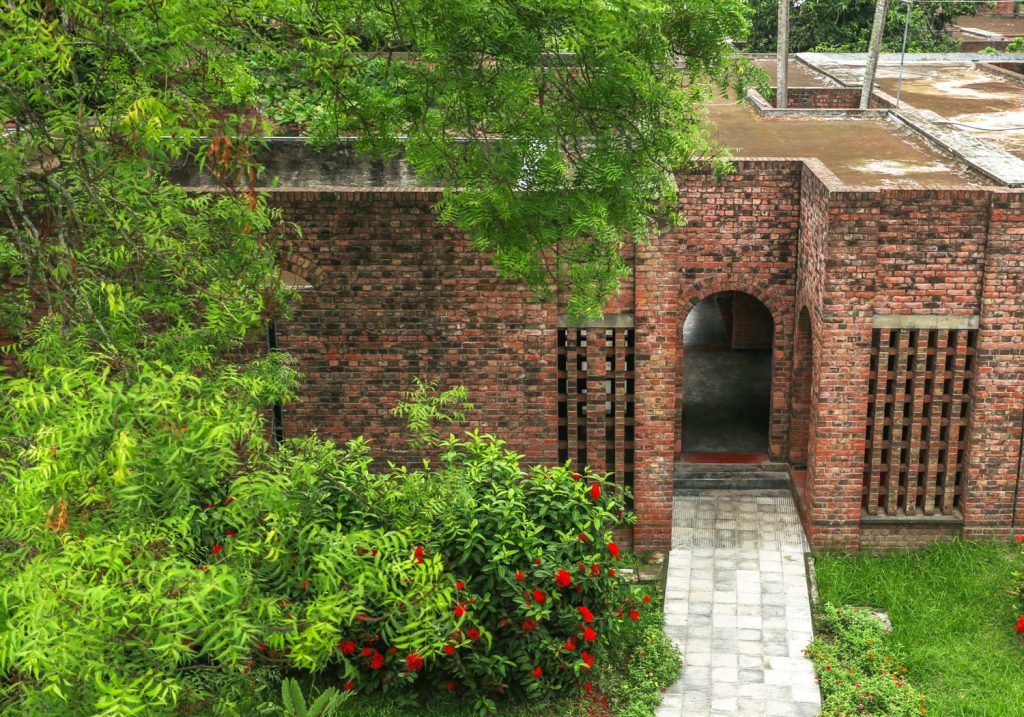
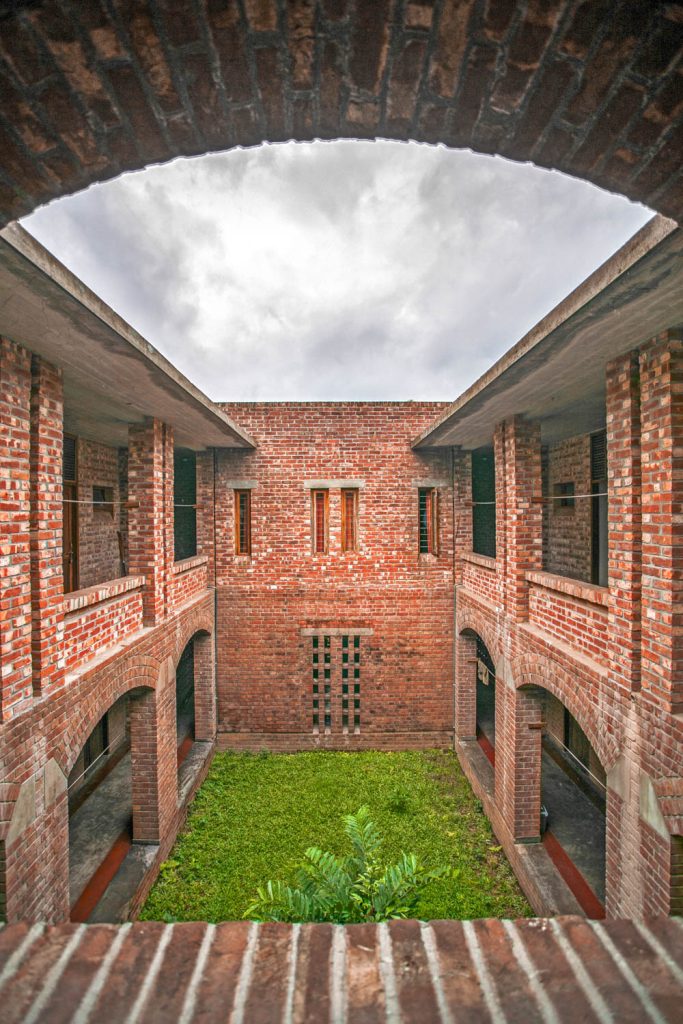
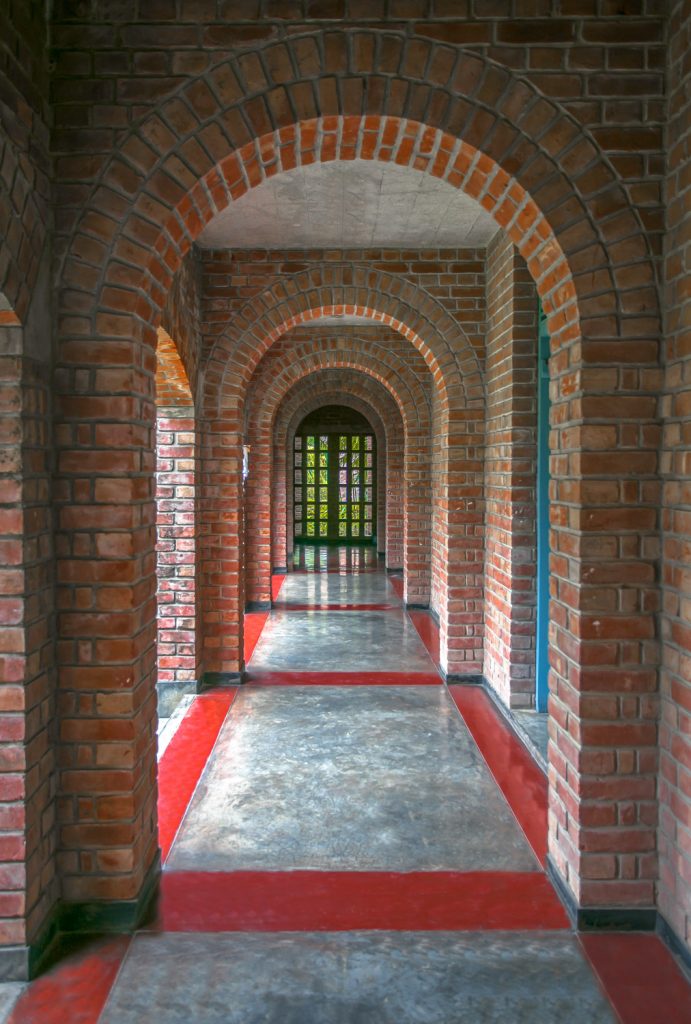
You started your own venture Architects Design Studio (ADS) in 2005, after you returned to Bangladesh in 2004, and designed some regenerated projects which includes: RFF Training and Resource Center and Zinda Park Complex. Tell us your experience and the journey you lived through working on these projects.
RFF Training and Resource Center and the building structures in Zinda Park are both lifetime projects. The initial design and construction phase of the RRF project began in 1993 before I moved to Singapore. My elder brother was in the lead of the project during that time. Its second design phase began after I came back from Singapore, almost 12 years later. Many additions/subtractions in the project have been made according to the requirements of the users throughout the years, and it is still ongoing. I learned a lot from this project, and still learning. Whenever I encountered any difficulties in construction/structural systems in this project, I used to visit our Jatiya Sangsad Bhaban (National Parliament House). The building is a living institution for us; every time you visit you learn something new. I am in awe of the project created by the master architect Louis I. Kahn. Back in the day, I had the privilege to enter the complex which is restricted now for visitors. When you enter the complex, you go into a tranquil state of mind.
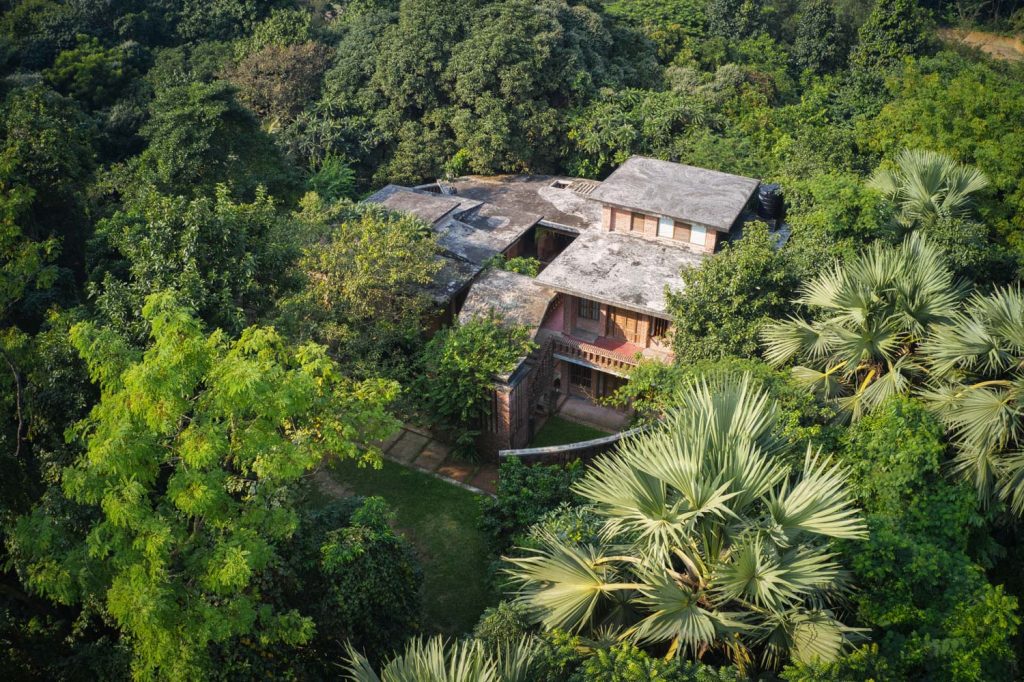
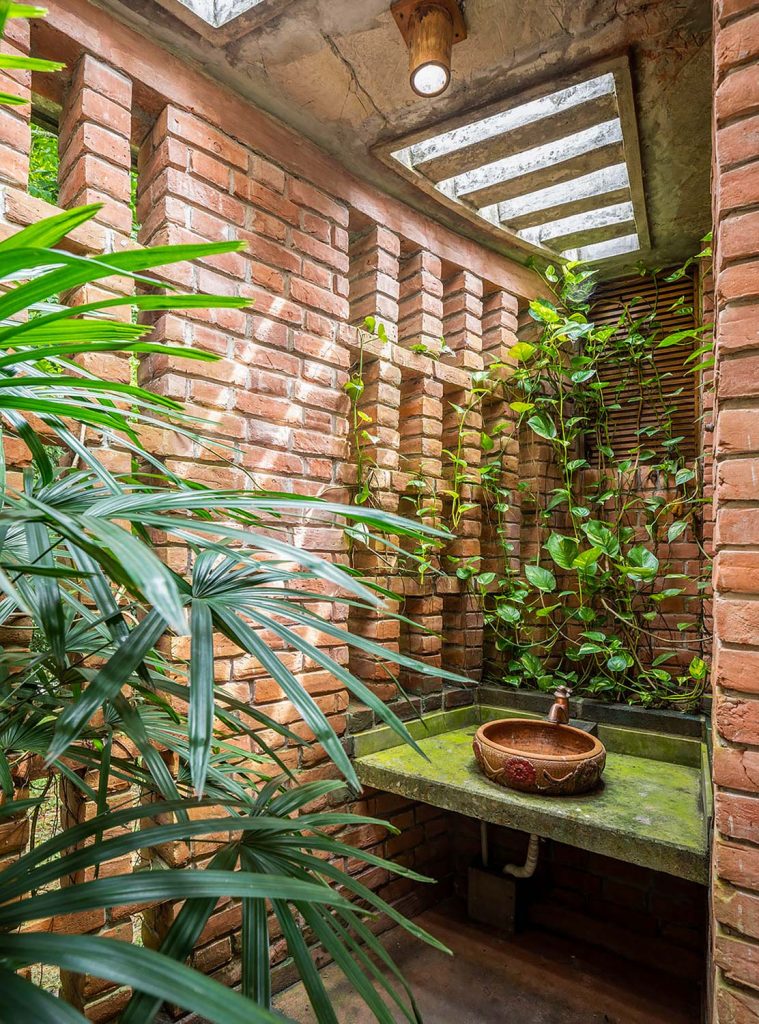
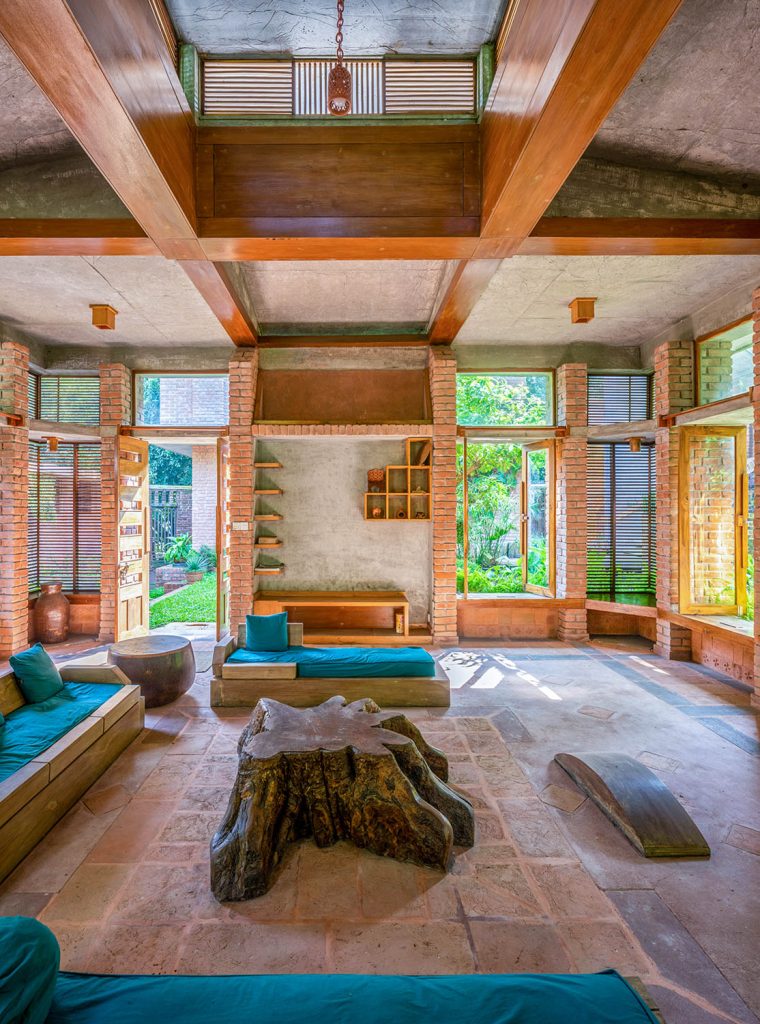
I have been associated with the designs/planning of Zinda Park for the longest time. My client of the project did the master planning. He is not an architect but a great visionary. I am designing his vision. The school, the library building, and other structures have been built over the years, experimenting with the materials, site, context, and climate. Whenever we do any meetings, we sit under the trees or at the tea stall. We involve people in that community in our meetings. Eventually, our technicians, vendors, and people from the park participate in the discussion and share their thoughts and requirements. Surprisingly, it is interesting to watch that the residing animals of the park dogs/cats participate in the meetings. They engage in our deep conversations. We have a ten-year plan for the extension works of Zinda Park. We have plans to run the park as an institution, not as an amusement park. We are hopeful, so let’s see.
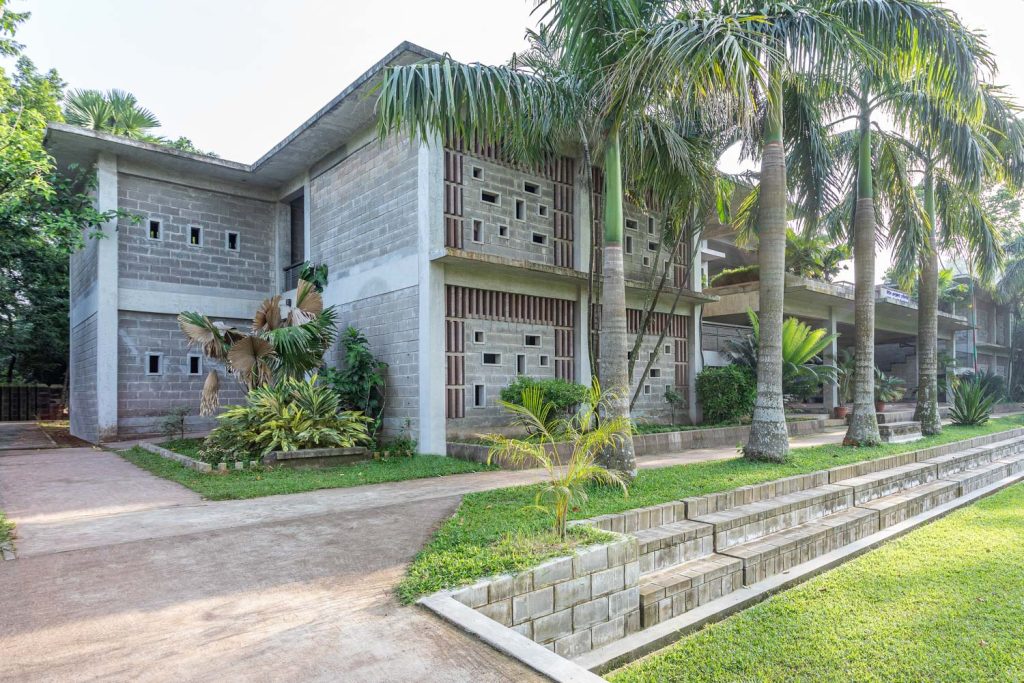
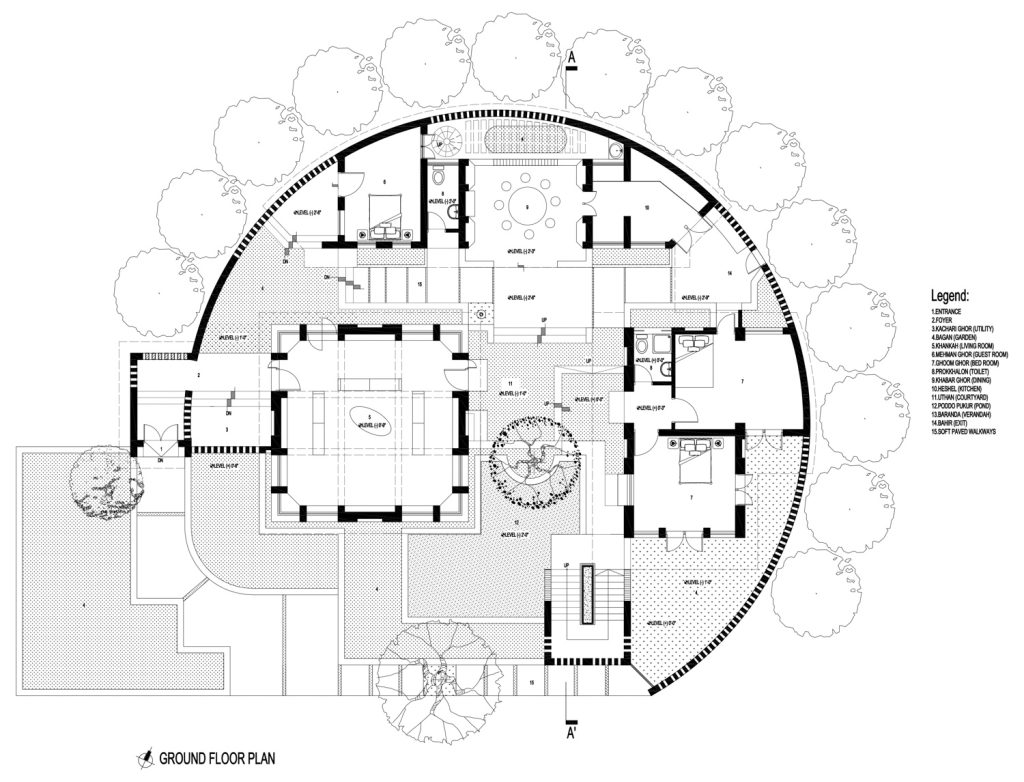
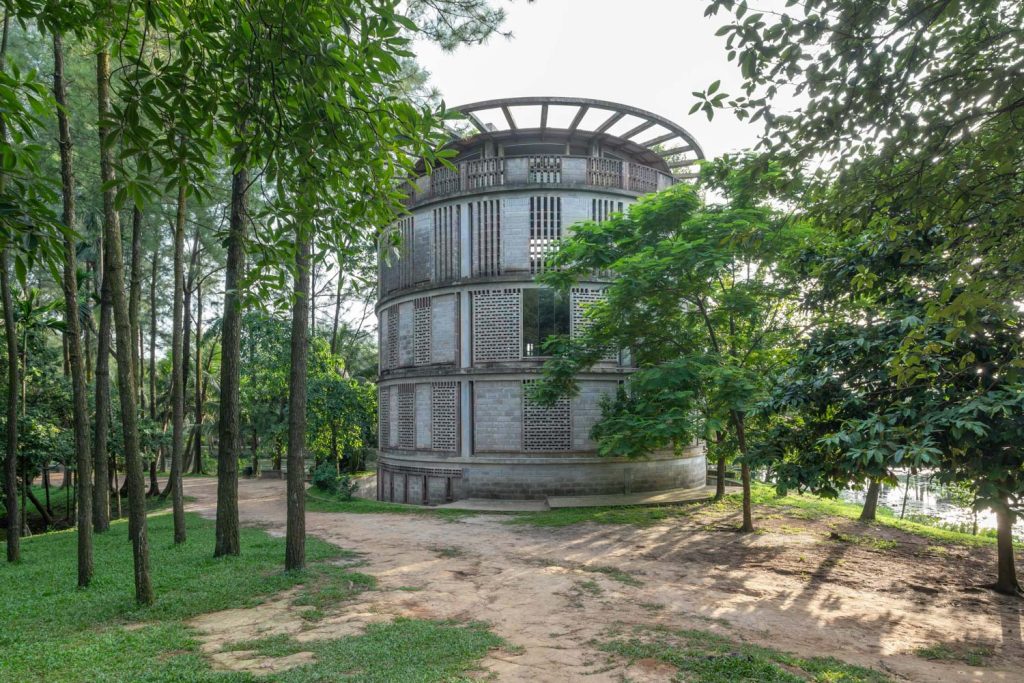
As you know the climate of Bangladesh, in fact, in the world is rapidly changing. Do you think the buildings in Bangladesh, specifically, the buildings in Dhaka are adapted or oriented to the change? Subsequently, what do you think the architecture of Bangladesh should be, and how it is evolving?
I prefer to ask you the same question. If you look around how many buildings do you find humane? People are becoming giants. So, the buildings are becoming giants. Most buildings are made irrespective of climate, context, site, and orientation. The other factor is peace. People don’t seek peace anymore. When you enter a building, you don’t feel the peace or the tranquility within because the design lacks peace.
Can you please share a few names of architects by whom you are inspired? And why?
I am greatly inspired by the works of master architect Louis I. Kahn and the legendary artist S. M. Sultan. I had the privilege to meet S M Sultan quite a few times. He is like the ‘Pied Piper of Hamelin’ to me. He had that aura, that mysticism. The paintings of S M Sultan and our National Parliament House by Louis Kahn depict the same meanings/thoughts for our country and our people: strong, bold, and compassionate.
A piece of advice you like to give young architects and students of the architecture discipline?
I am scared to give advice, but I would ask young architects to be considerate of our soil, as the soil is the basis of every creation. When I think of the soil of our country, the first thing that comes to my mind is ‘Bot Gach’. ‘Bot Gach’ represents growth, strength, immense size, and longevity. Our soil is capacious to create ‘Bot Gach’. The National Parliament House or the paintings of S.M. Sultan are reflections of ‘Bot Gach’ representing our soil – potent, proliferate.
Lastly, what is architecture to you? How do you perceive it?
Architecture is apparently my life partner. I have been with architecture for the past thirty years through thick and thin. You will find me exercising sketches of my building design concepts or at least will find me drawing a tree every single day.

